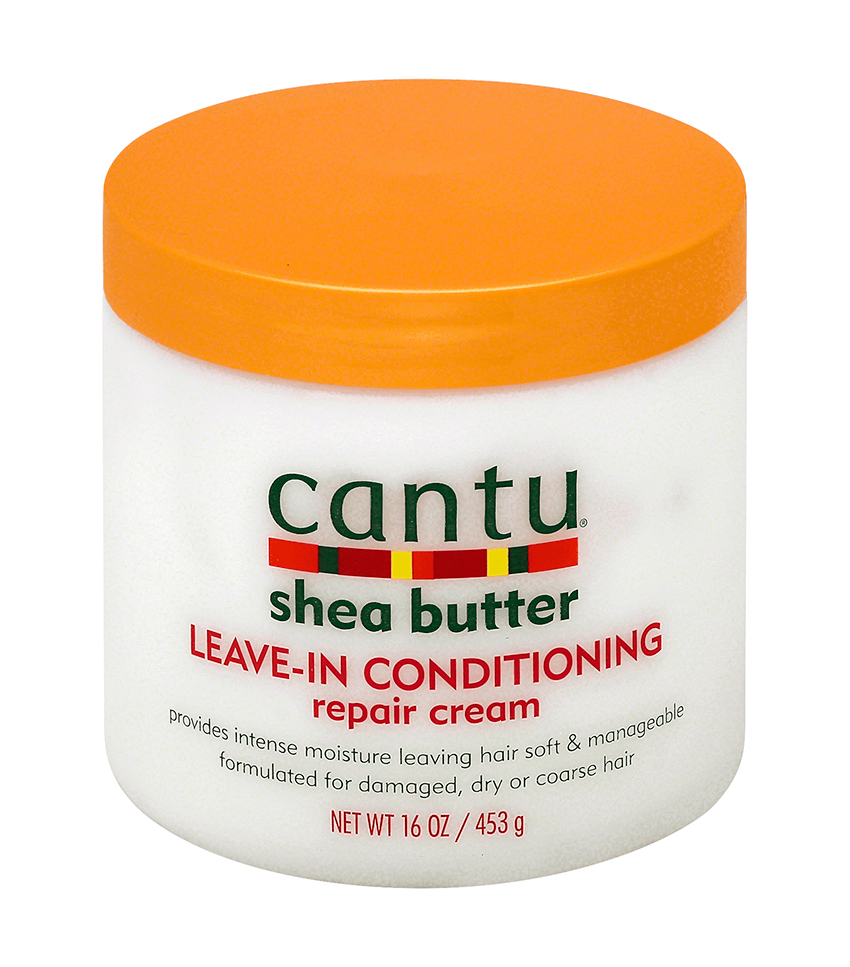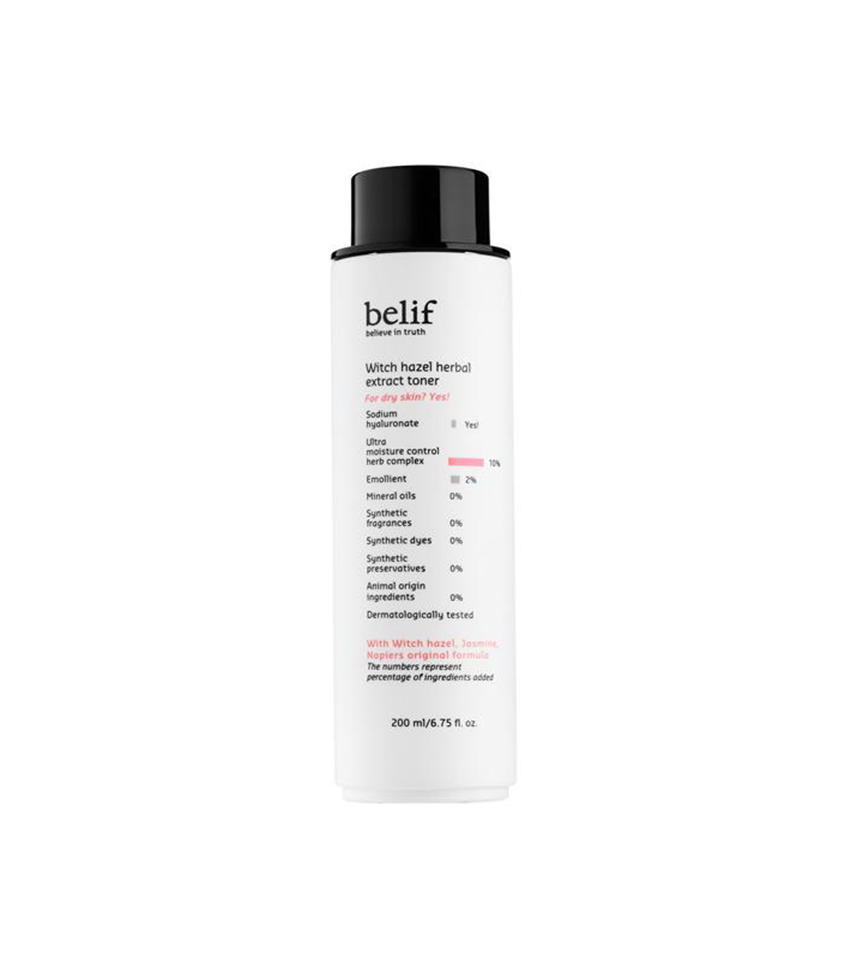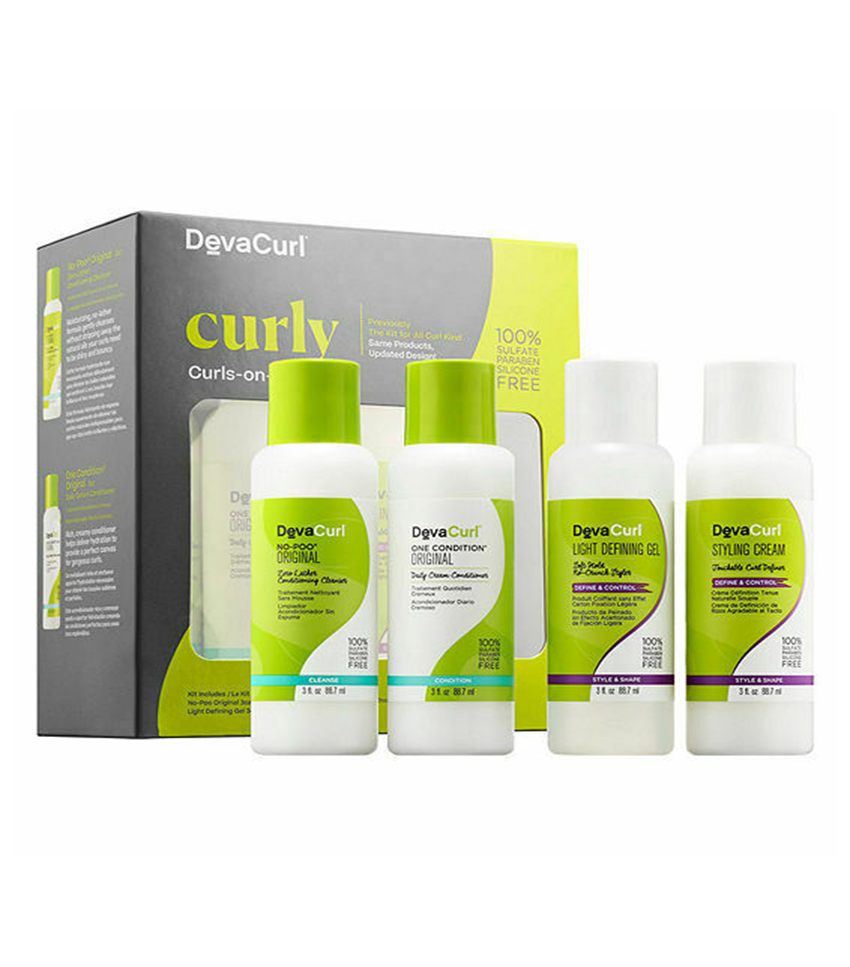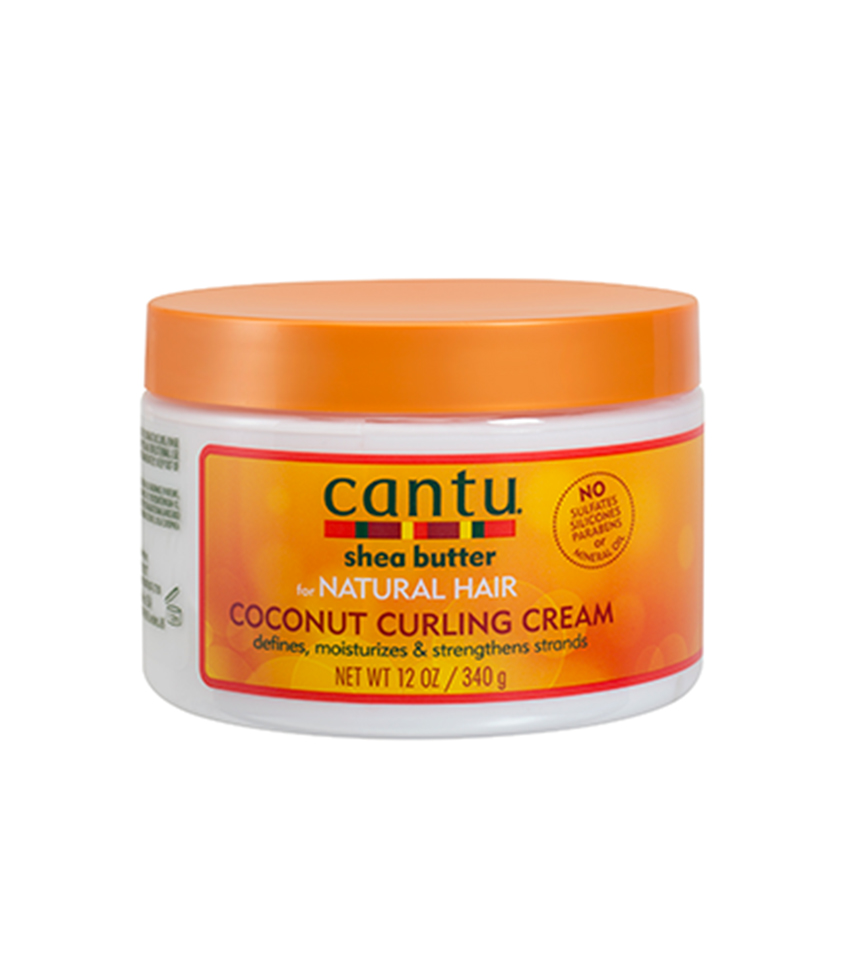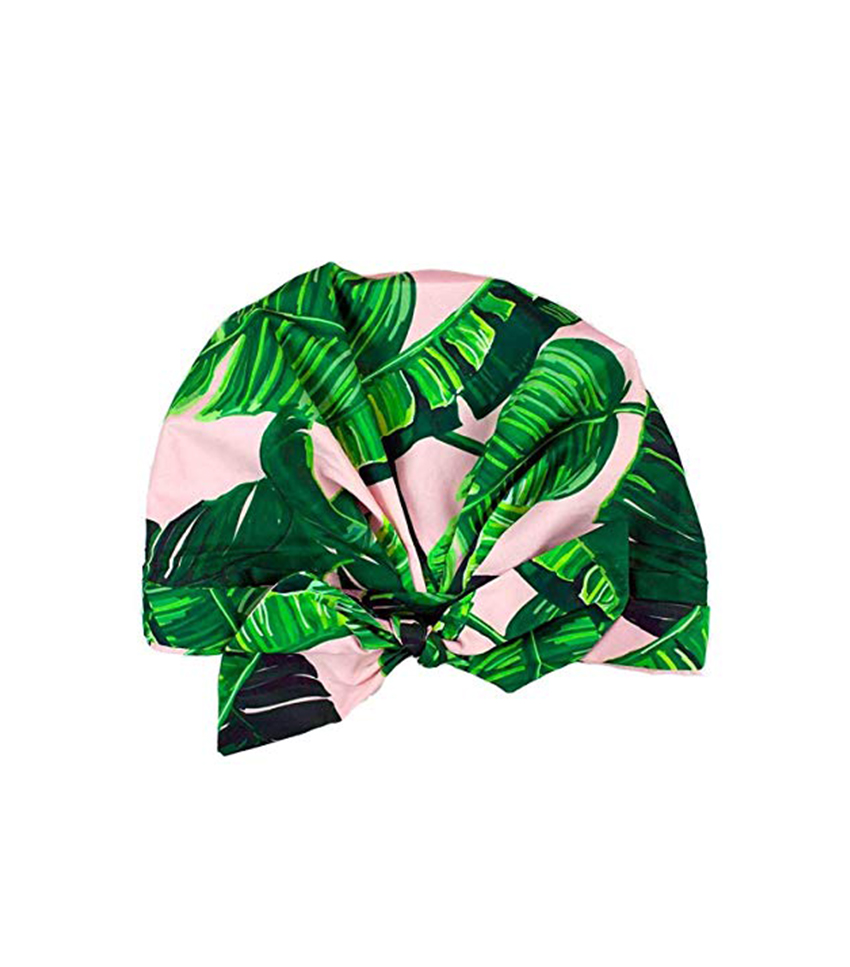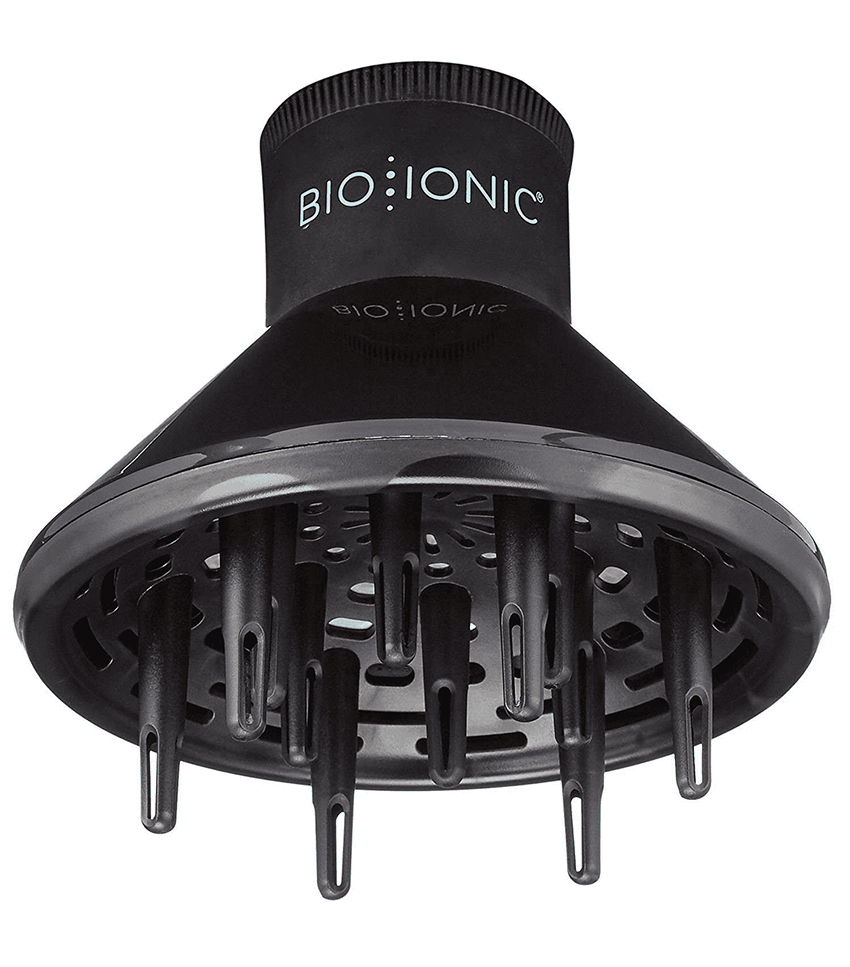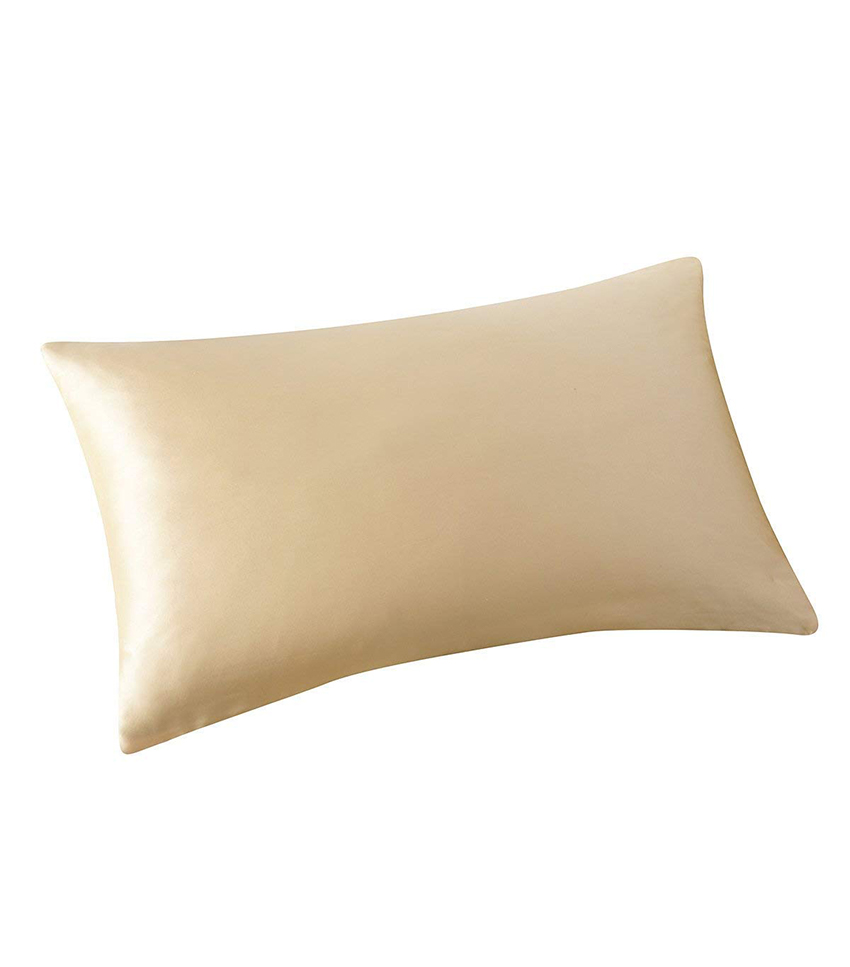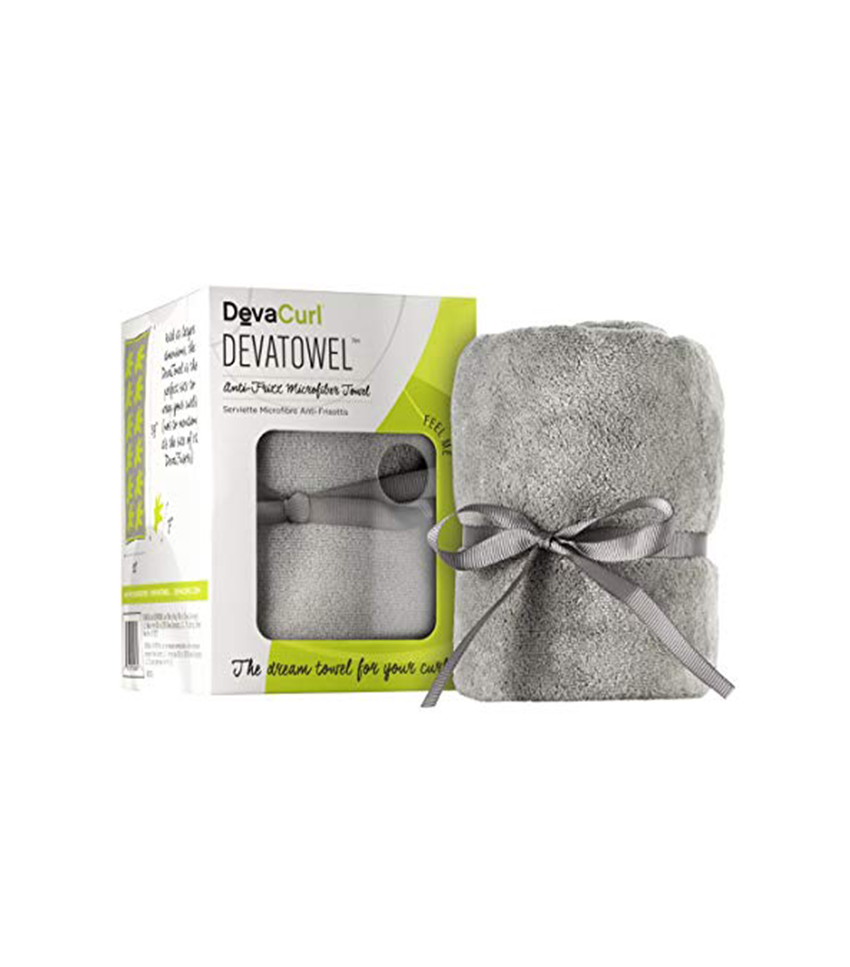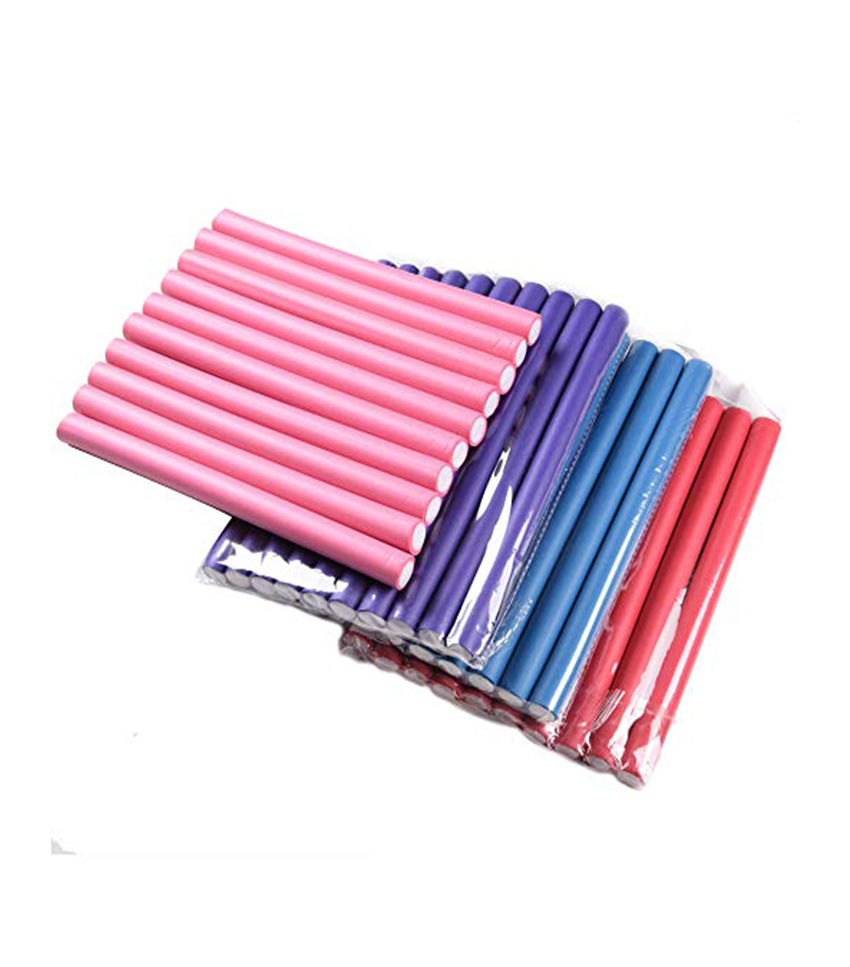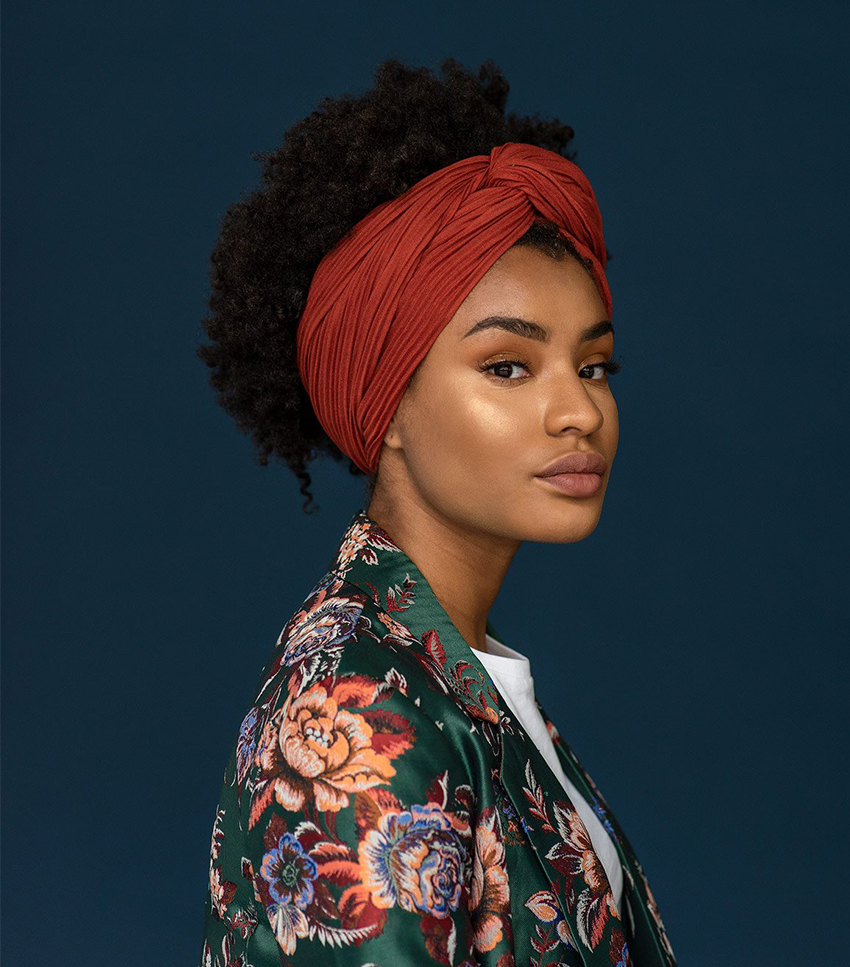I Struggled With My Curly Hair—Here's How I Came to Love It
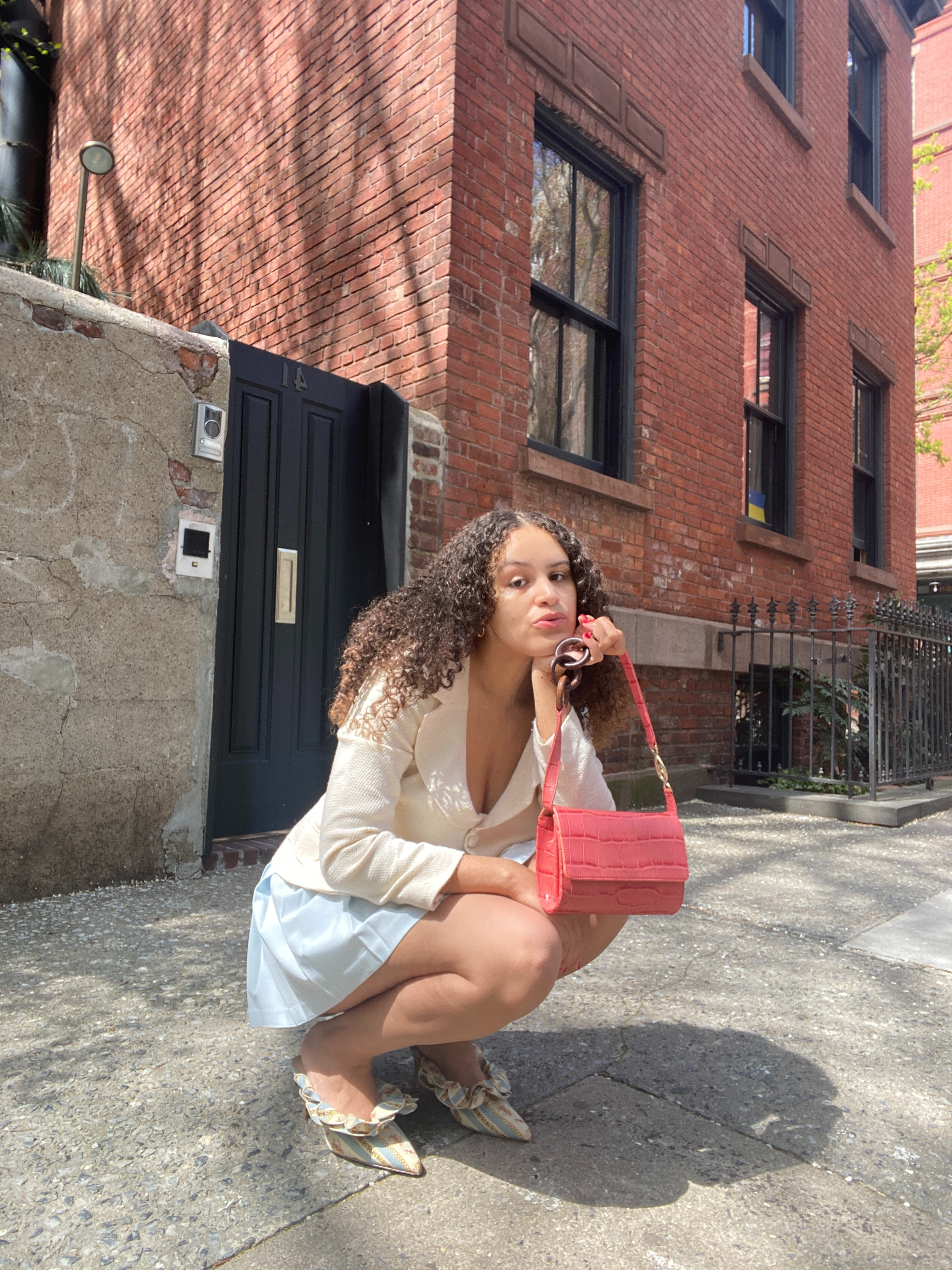
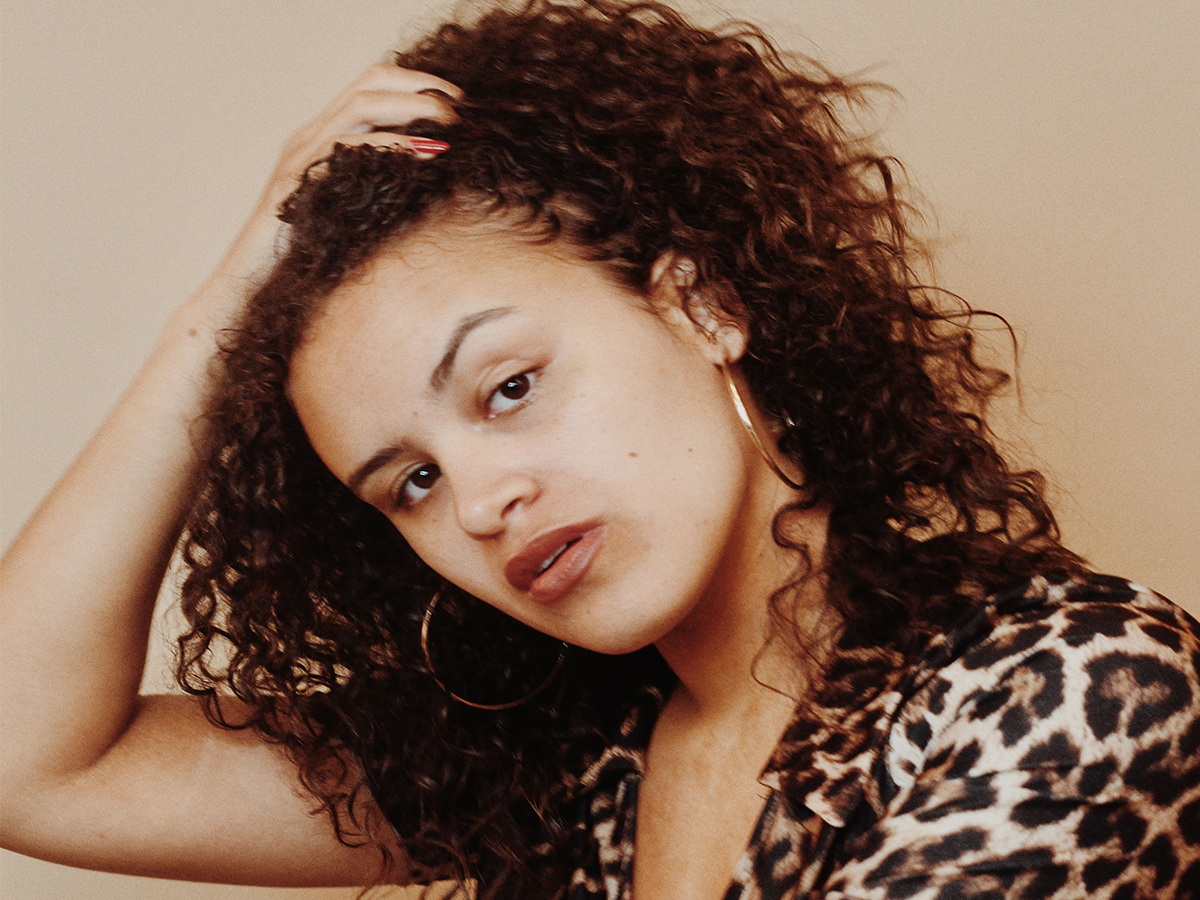
I’ll be the first to admit that I used to roll my eyes at the wave of influencers sharing their curly hair journey, but in the same vein, I understand now how important the message is. It just took some time to sink into my big head. Even though the trend of talking about self-love can often feel cliché and pushy, especially when it’s targeted at women of color whose bodies, image, and alleged lack of self-worth are under constant scrutiny, I've found refuge in it. I learned to embrace my curly hair not to be part of a trend or for anybody else, but for my damn self. I got tired of picking up a straightener every morning to fulfill a standard of perfection that was pushed onto me by society. By no means do I judge if you’re still clinging to that hot tool, I get it, but I hope by sharing how I transitioned my hair, I can inspire more of you to love where you’re at in your hair journey—no matter how you choose to style it.
Part I: Changing the Narrative
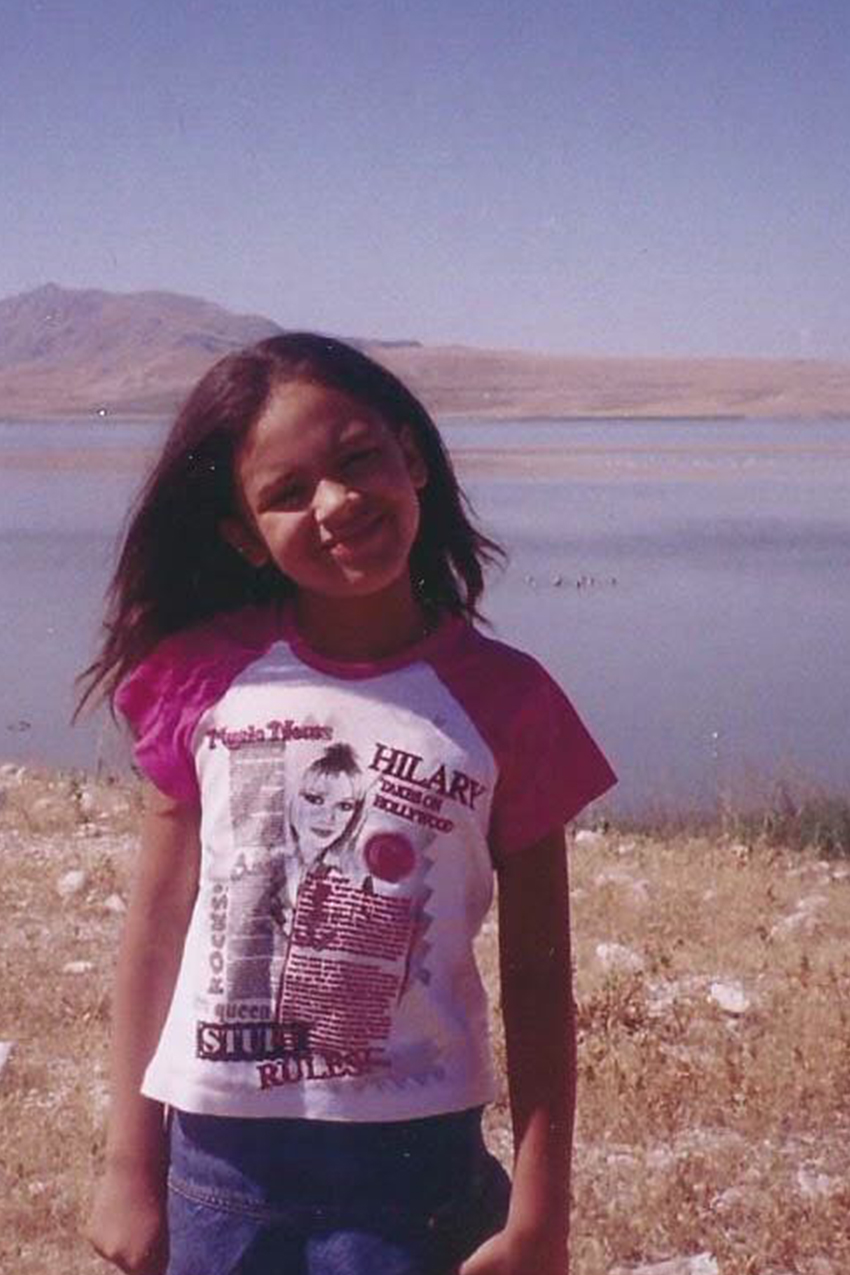
I know for many women of color, it can feel like a neverending battle to love our hair. From a young age, I remember how hard it would be for my dad to get a comb through my hair, or the lack of interest I received from partners when I wore my hair natural. Sure, it’s not very feminist of me to be upset over a lack of interest from potential partners, but we’re all human. Frankly, from a young age, we’re programmed to believe that you won’t receive validation unless your hair is straight, and it’s fucked up. Yes, it’s 2019, but eurocentric beauty standards are still alive and kicking—and they were definitely ruling my hair routine for a long time.
But, I'm here to tell you, that the epitome of beauty and style isn’t eurocentric. There’s no shade here to my beautiful sisters with European features (cause I love your hair too), but this is a reminder to everyone, including myself, that beauty comes in all sizes, all colors, all hair textures, and from all pockets of the world.
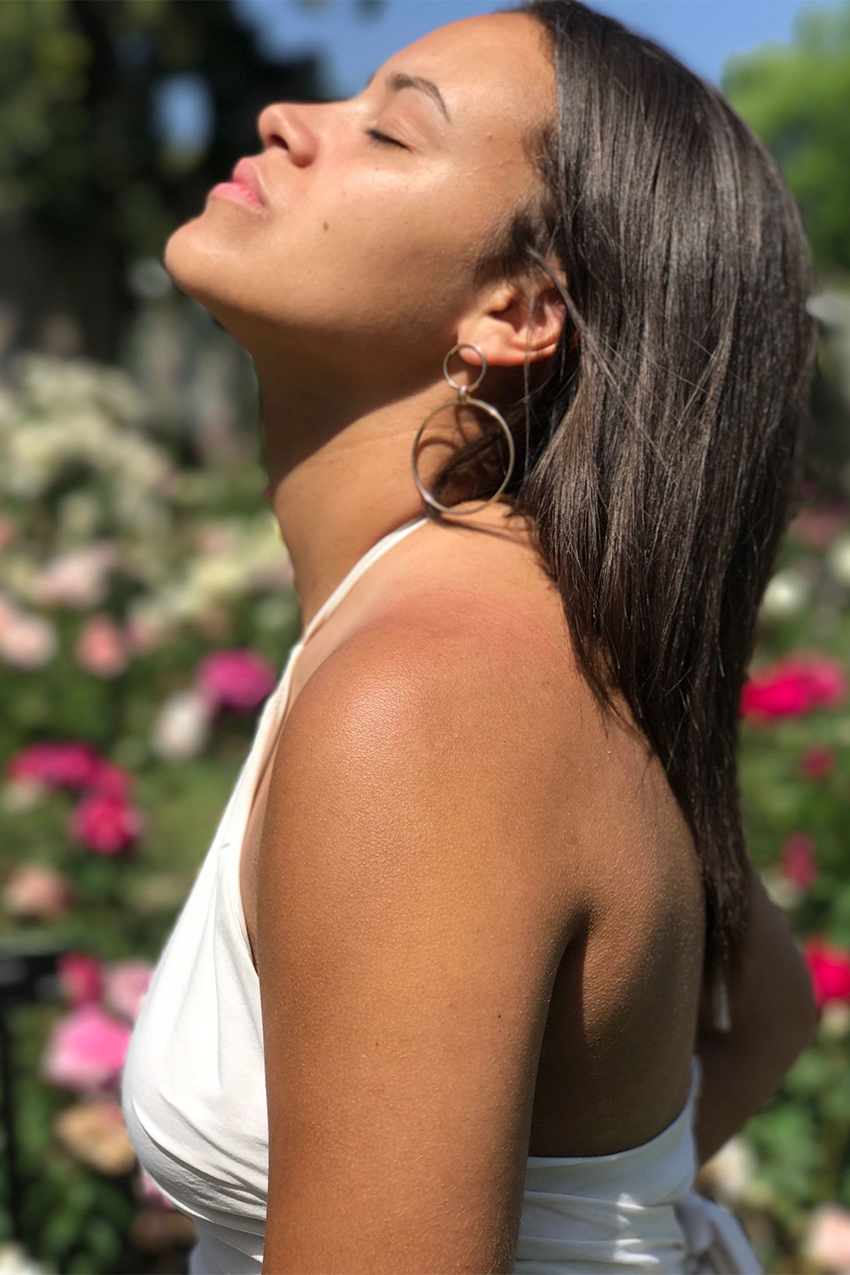
So, the first step for me in my journey was to realize I was holding on to beliefs about beauty, my hair, and my self-image that did not serve me, and that I needed to flip the narrative. I decided I was going to redefine what I saw as beautiful and include myself and my curly hair in that definition through educating myself, adopting mantras, and surrounding myself with people who also rocked their natural texture.
If you choose to go on this journey, you too will have to get very honest about the beliefs that are holding you back from embracing your beauty. By no means is changing your beliefs about anything easy—I’ve had days where I can still hear the inner voice nagging me about my frizz—but the decision to define beauty on my own terms has been freeing.
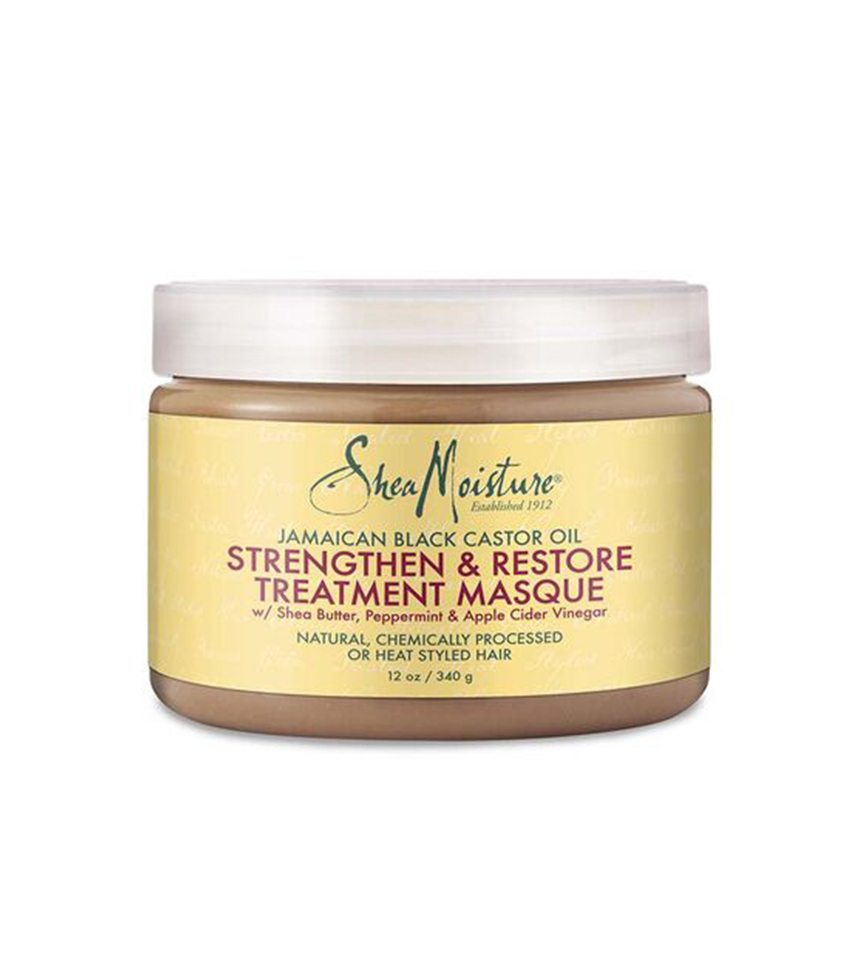
Best used for transitioning hair after heat damage.
Part II: Embracing the Transition
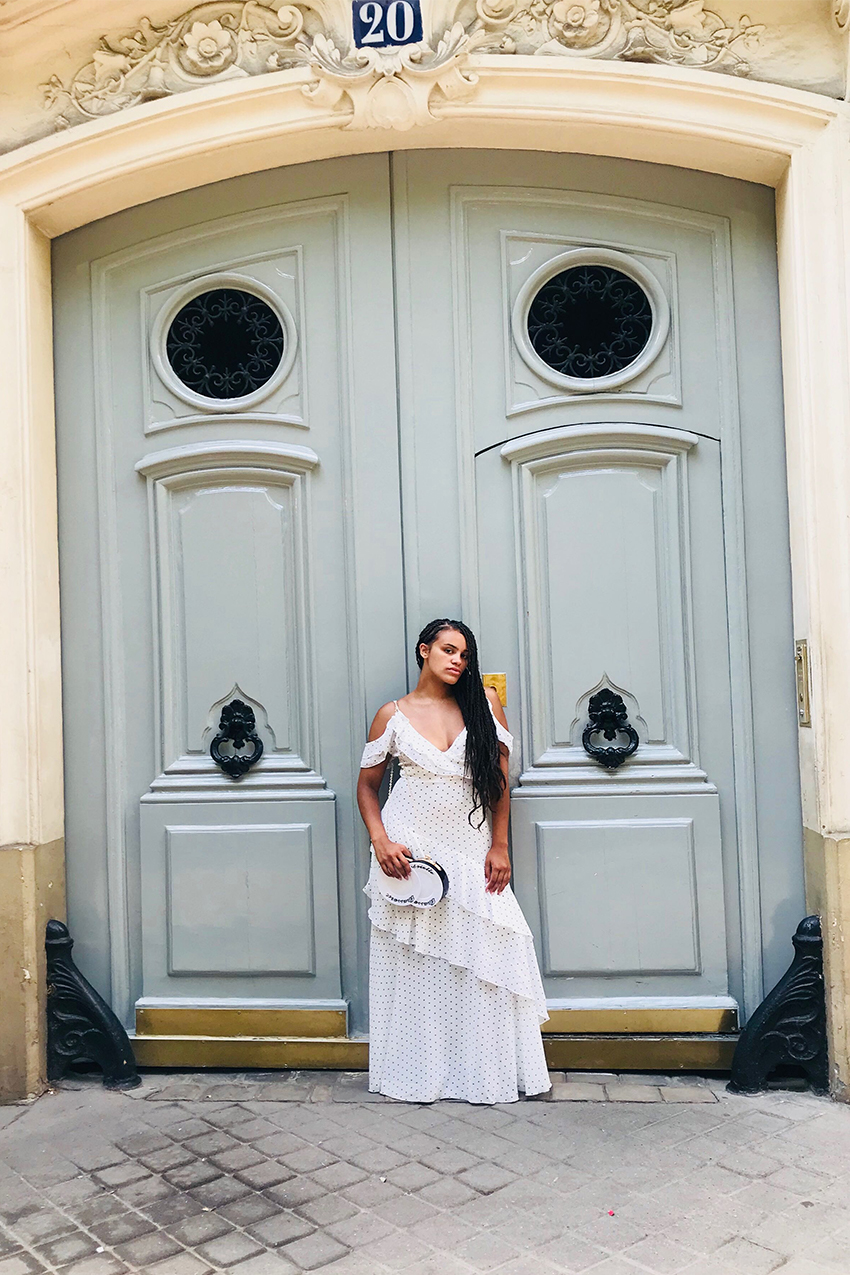
It took me time to even get to a point where I could even think about wearing my hair natural—I regularly straightened my hair throughout adolescence and then every day for three straight years. Honestly, a myriad of factors finally weaned me off my heat addiction; dead ends, healing through yoga, and a group of friends who encouraged me.
For anyone on their hair journey, I suggest you never start a transition before you’re fully ready because it’s not easy. Not only are you going to be frustrated by the process of readapting to your hair, but you’ll get the dreaded commentary. Honestly, I straightened my hair for years, not just to feel beautiful but to avoid people feeling entitled to touch my hair or equating my level of professionalism based on the texture of my hair.
Unfortunately, few states have yet to pass laws prohibiting discrimination around wearing natural hairstyles, and judgment and commentary on how you choose to style your hair are inevitable. But during this transition, you just have to remind yourself of why you’re doing this and identify the people in your life who are going to help guide you through it.
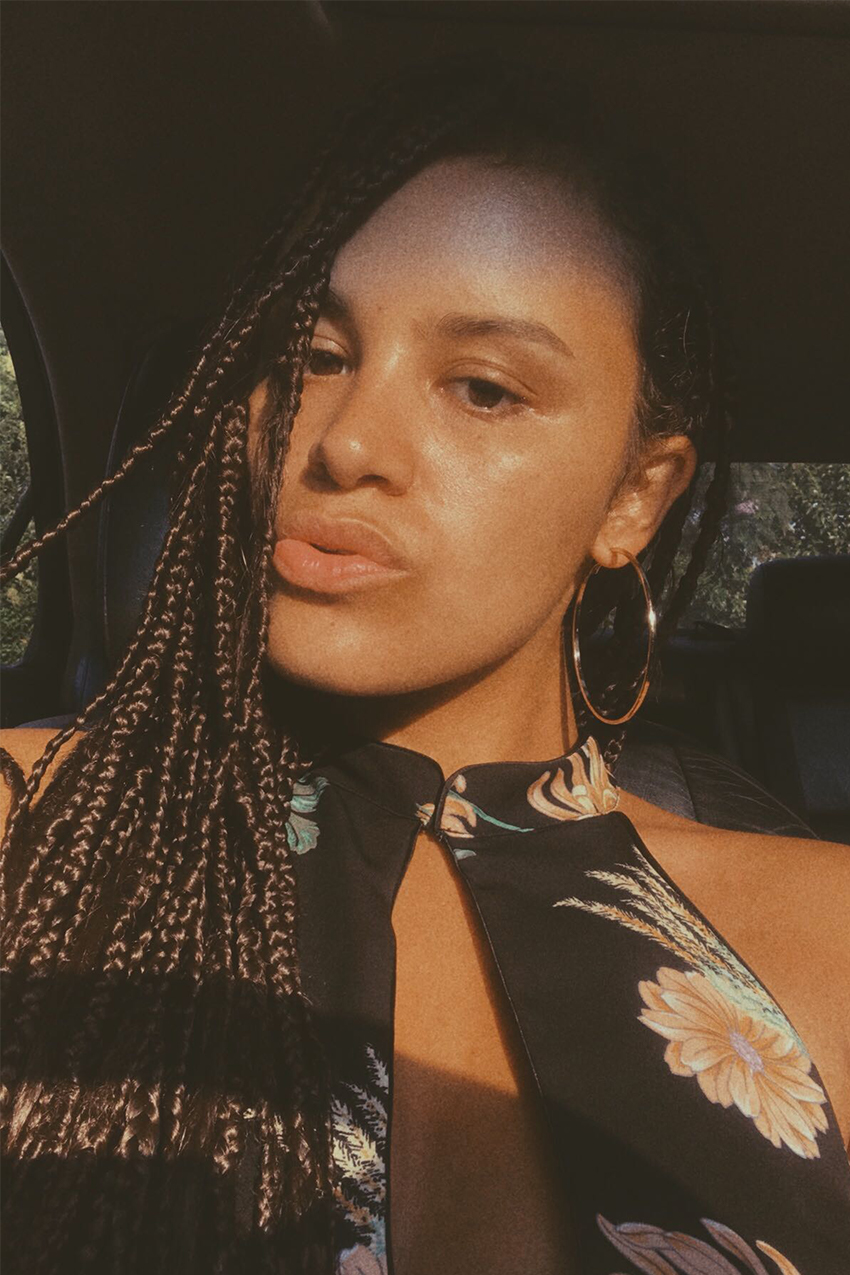
I was blessed to have friends that not only lightly nudged me to start trying to wear my hair natural but they didn’t judge me when I choose to wear clip-ins. They were my confidants when I wanted to complain about people touching my hair (please stop doing this), and they put me in touch with a stylist who could braid my hair for me—in essence, they were angels. If you don't have that angel in your life, let it be me. Here's my first piece of advice: Get box braids first. I’d highly recommend going this route if you’re not even sure how to do your own hair, much less transition it. Since braids are a preservative style, it gave my hair time to heal and regain strength—plus, they built my confidence and were a stepping stone to re-establishing my relationship with my hair. I kept my hair braided for about two months, let my hair be natural for a month, then braided it for another two months. While braids can be costly, they are worth the investment, especially if you're trying to heal your hair from extensive heat damage. Just make sure you’re maintaining them properly to ensure you reap the benefits.
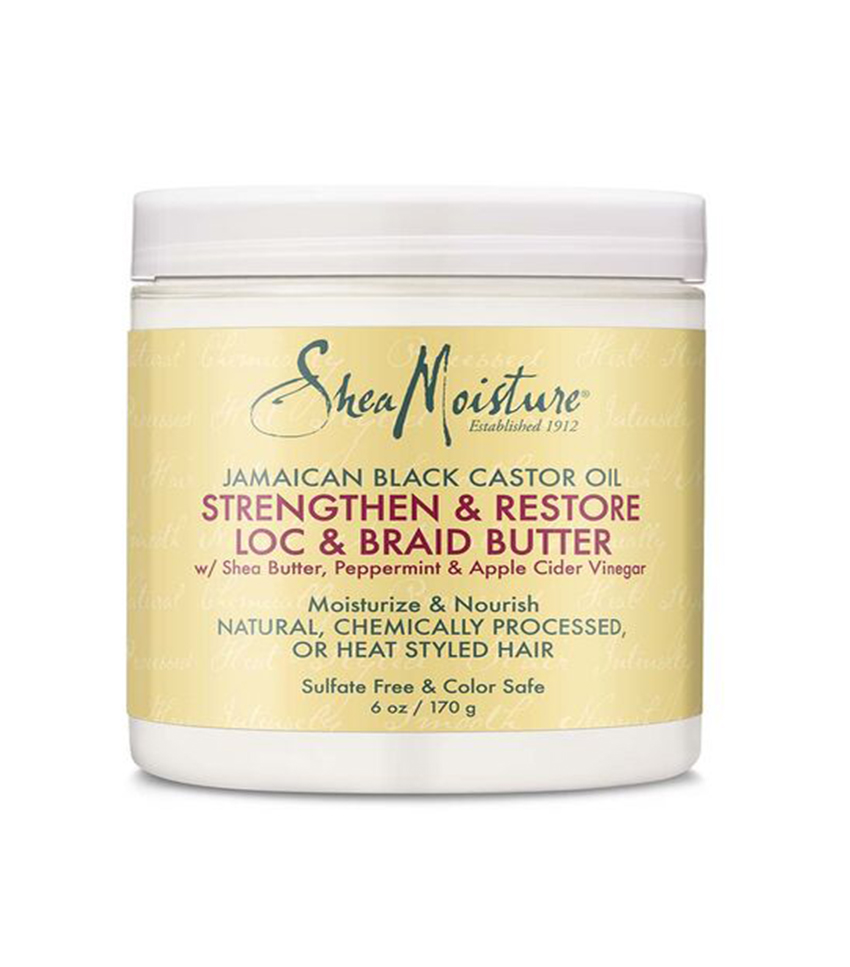
Best used for keeping those braids hydrated.
Part III: Trial, Error, and Tutorials
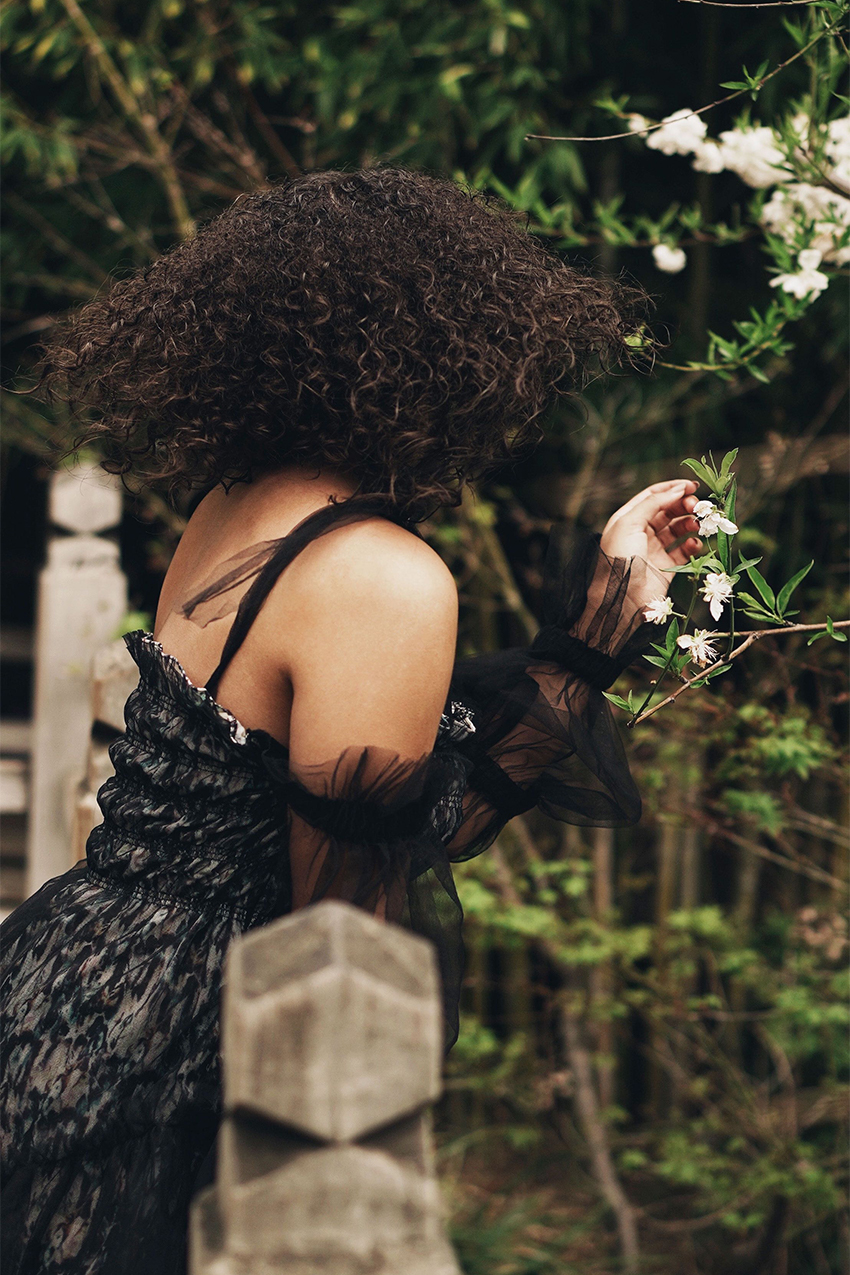
Once I took the braids out, I officially decided that I was going to start wearing my hair curly and not straighten it, which meant, I needed to learn how to style it. To give you some context, I’m biracial. My parents were well spirited, but they didn’t know the first thing about styling a mixed girl's hair. So I turned to YouTube—and honestly, I suggest everyone do this. I found an influencer who’s hair texture resembled mine, educated myself on my texture, and watched every last one of those videos. It taught me things I never knew—like how to comb my hair properly, how to make dead ends curly again… Basically, social media was the tool I never thought I needed for my hair's evolution.
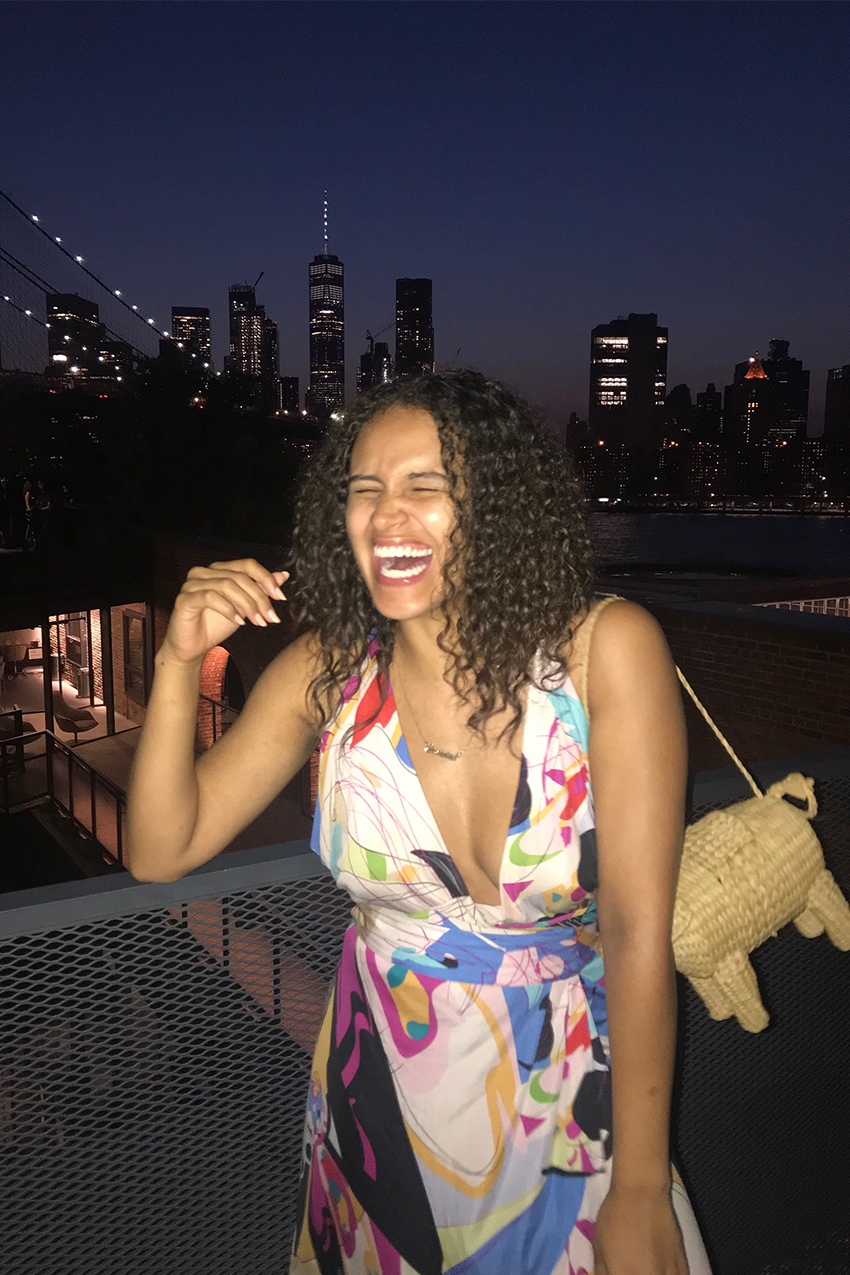
Next, I invested in hair products. I'll admit picking curly hair products is stressful AF, but rather than splurge on full-size products you're not even sure work, I suggest that you try travel-size versions of at least three different products to see what works best with your texture before committing. I did this, and it allowed me to rule out the products that dried out my hair or left it too oily, or just smelled weird.
Once I nailed down the products, I nailed down a styling routine—for me, I deep condition once a week, and only wash every two weeks, since my hair is prone to extra-dryness. But the name of the game is to learn what works for your hair, so give yourself permission to have bad hair days, and know that nailing down a curly hair routine takes time. I promise eventually, you’ll find what works for you.
Part IV: Love at Last (Most Days)
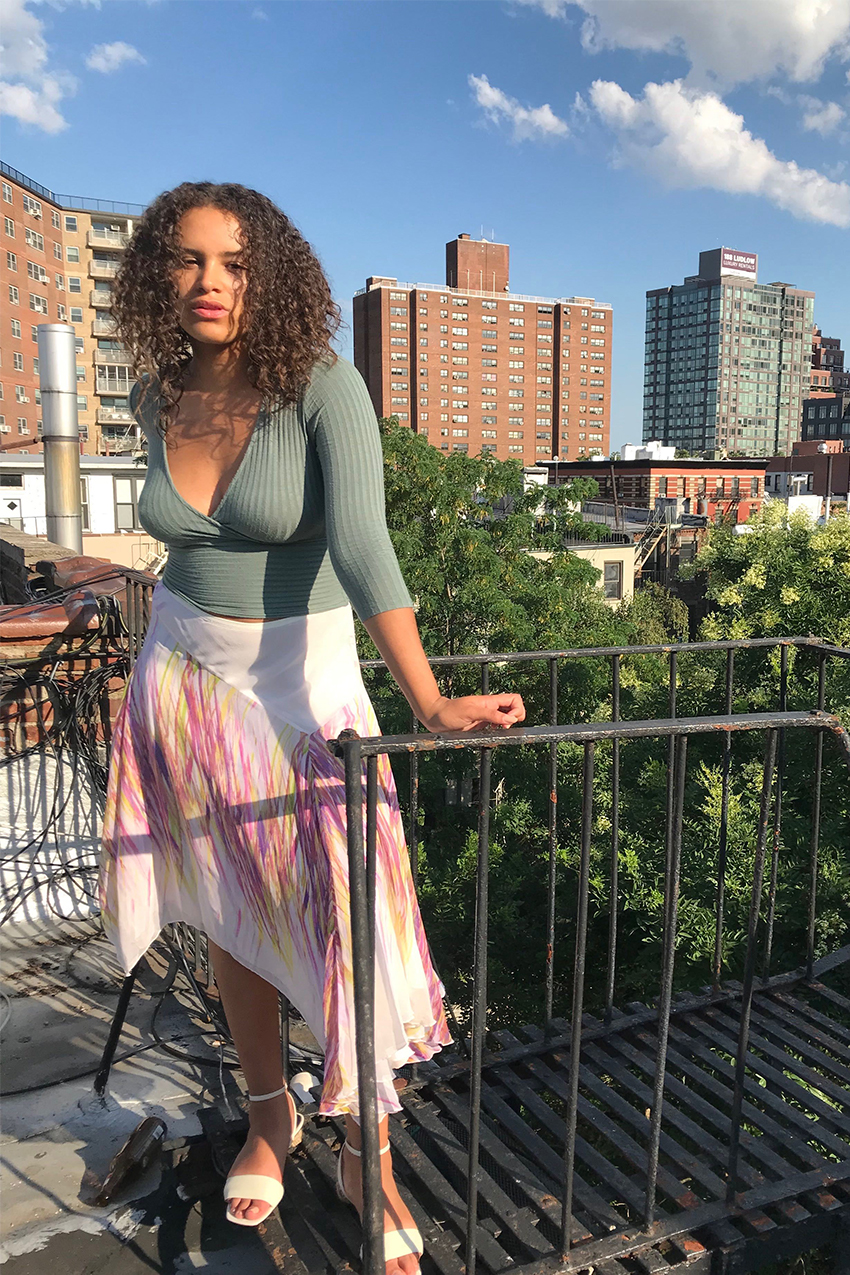
It has not been an overnight process; it's taken me over six months to find products I love, and over a year to see any form of hair growth. Throughout that time, I’ve had my fair share of days where it felt as if my hair were drier than the Mojave desert, but I’m honestly relieved that it’s been a year since I’ve picked up a straightener. Embracing my natural hair has improved my life in more ways than I can express in words, I’ve honestly never felt more like myself. In the simplest and most cliché terms, I’ve found a love and appreciation for myself that nothing else (including my straightener) could provide for me. There’s beauty in every curl, and I choose to believe that now.
Shop more of my curly hair essentials:
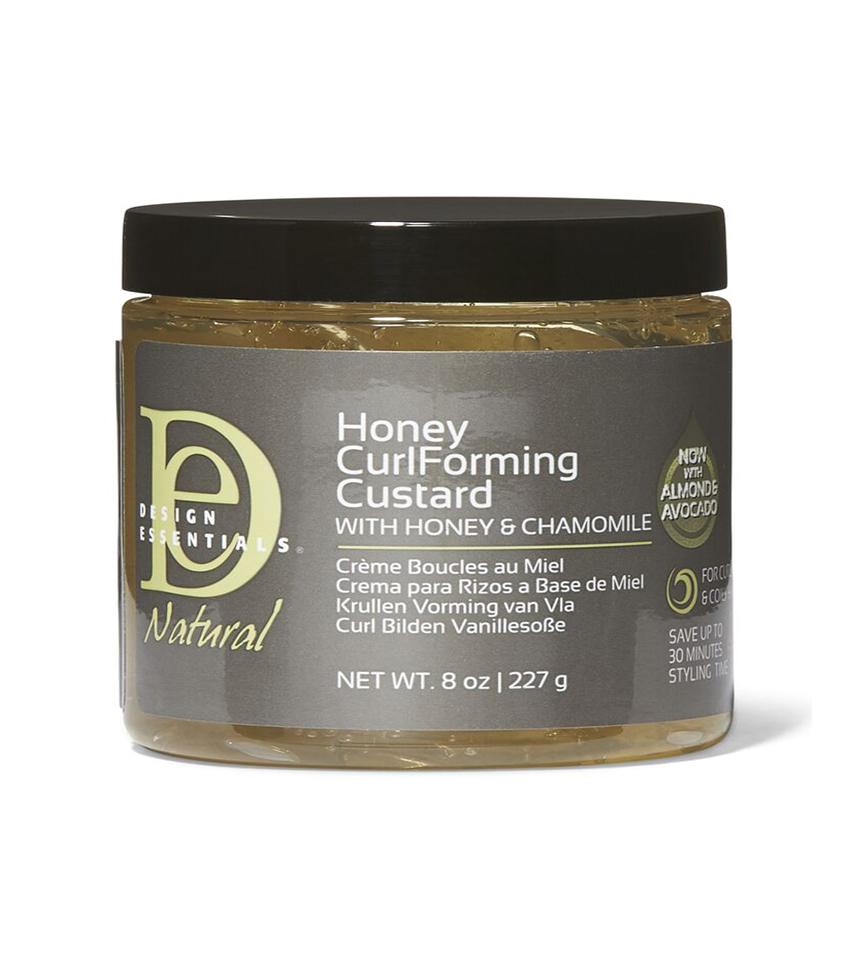
Best for helping curls stay in formation, or for slicking back baby hairs.

Jasmine Fox-Suliaman is a freelance writer and editor living in New York City. What began as a pastime (blogging on Tumblr) transformed into a lifelong passion for unveiling the connection between fashion and culture on the internet and in real life. Over the last decade, she's melded her extensive edit and social background to various on-staff positions at Who What Wear, MyDomaine, and Byrdie. More recently, she’s become a freelance contributor to other publications including Vogue, Editorialist, and The Cut. Off the clock, you can find her clutching her cell phone as she's constantly scrolling through TikTok and The RealReal, in search of the next cool thing.
